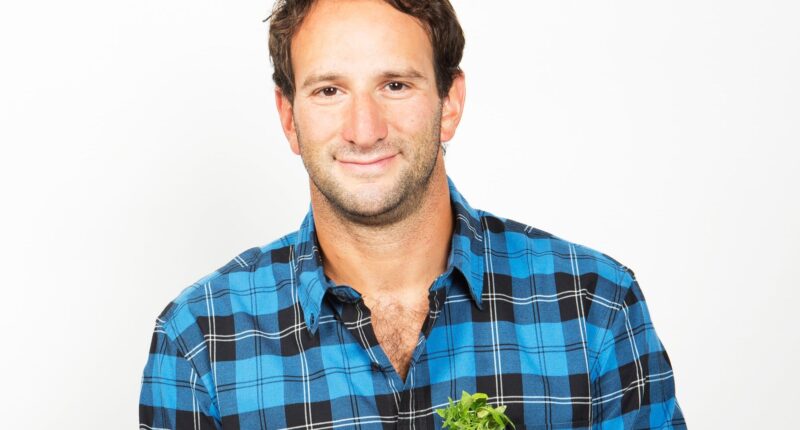
The founder and CEO of Manhattan-based Bowery Farming, the largest vertical farming company in the U.S. (the term referring to the technique of growing plants in stacked layers, typically in controlled indoor environments), Irving Fain is on a mission. Through its network and proprietary technology, his company aims to steer the fresh food supply chain towards greater simplicity, safety and sustainability. Launched in 2015, it currently operates three commercial and two research and development farms, with two more commercial farms under development that will more than double total production. Its food is now sold in more than 1,400 locations, including Whole Foods, Ahold Delhaize, Amazon, Safeway/Albertsons and Walmart. Among the statistical remarkables Bowery Farming can boast is that its growing facilities are orders of magnitude more productive than traditional agricultural sites while using a fraction of their resources.
These achievements haven’t gone unnoticed in the investor community. The company has been fueled in part by $647 million in equity and debt raised by Fidelity, Temasek, GV, KKR, General Catalyst, GGV Capital, First Round Capital and individuals like Jeff Wilke, Tom Colicchio, José Andrés and David Barber.
Fain began his career as an investment banker at Citigroup, helping early-stage companies raise capital. Before founding Bowery, he was the co-founder and CEO of CrowdTwist, a loyalty marketing business that was acquired by Oracle. Before that, he ran a division within Clear Channel Online focused on moving the largest radio group in the world into the digital age; in this role he launched and ran iHeartRadio.
We reached out to the seasoned executive for, in his own words, some pillars of success.
Related: How Technology is Fighting Agriculture’s Unsettling Age Problem
1. Delegate to smart people
As a founder, it can be hard to pass on important roles to others, but it’s a critical part of maintaining focus. I’m extremely proud of the team we’ve built; they’re an incredible group of cross-functional partners who are all experts in their respective fields. I trust them implicitly, and this trust allows me to focus on my own work while we all move toward a shared mission. Being able to recognize where my strengths lie and identifying areas where I need help from the team has been crucial to our growth.
2. Maintain focus
This is a beyond-critical skill in growing a company. For example, early on — and even though we felt confident that we could grow a wide variety of crops — we limited ourselves to leafy greens and herbs. This ensured that we could focus on building the right technology and business foundation that would drive success in the future as we expanded. If you focus on too much at once, it’s easy to lose the opportunity to be excellent at any one thing. As an entrepreneur, part of your job is to understand the minimum focus requirements to be successful at each stage of growth, then help guide your team through that work.
Related: 40 Entrepreneurs Share Their Secrets to Staying Focused
3. Emphasize flexibility
You must be able to adapt and change — at both product and process levels — as you scale a business. Both a company and its market evolve, and what’s right at one moment or phase may no longer be right at another. At Bowery, we work hard to build a culture in which there is continuous evaluation, and where we challenge decisions and approaches. New ideas can come from any level and area of the organization, so maintaining an openness to questions is key.








